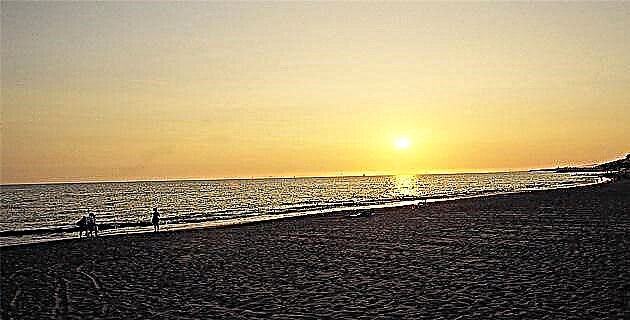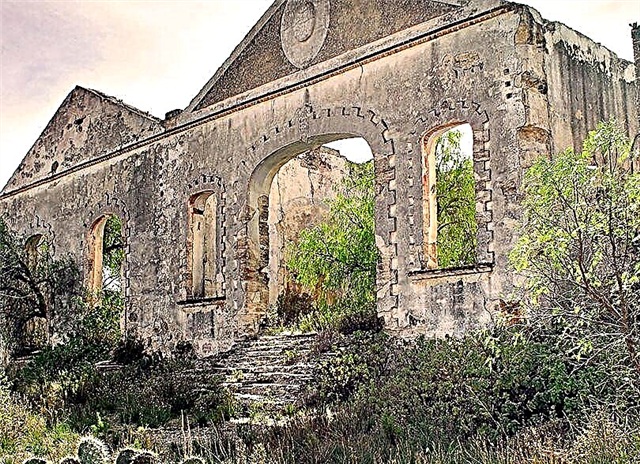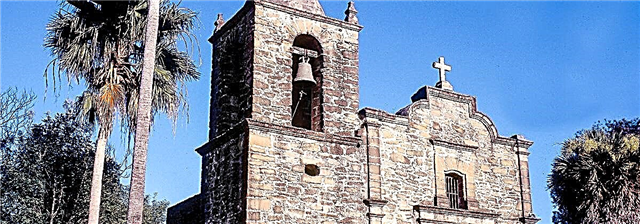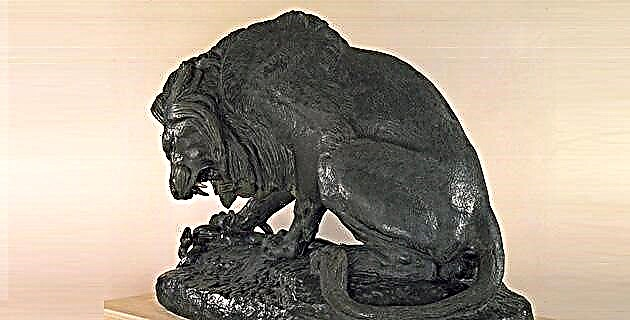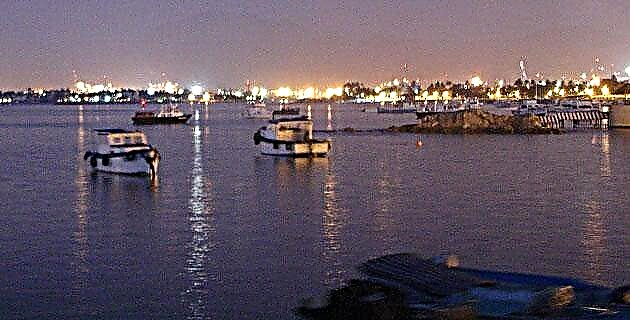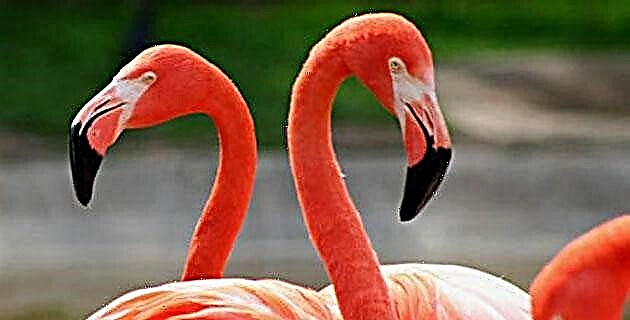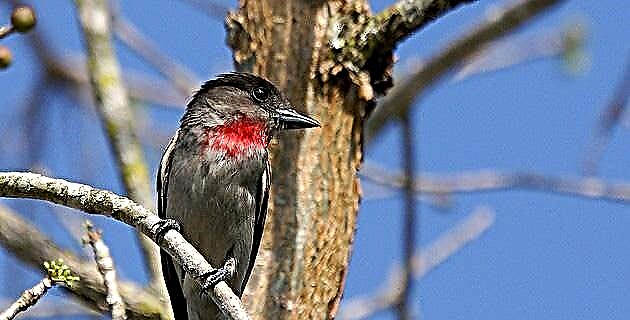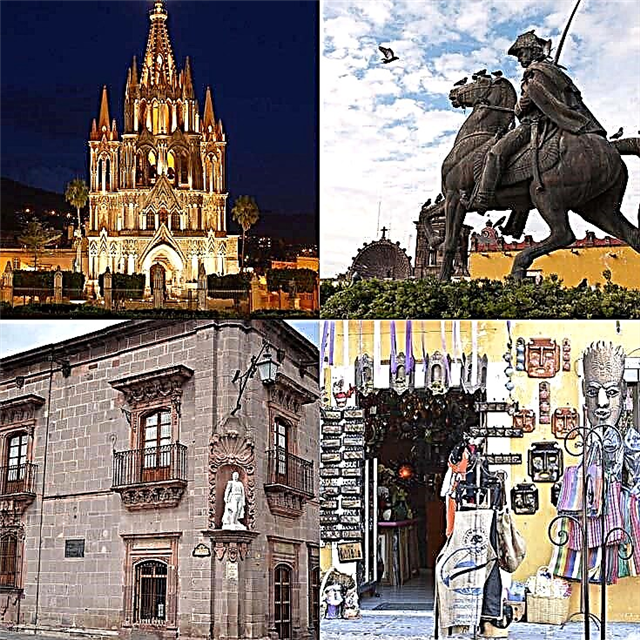The name of our city brings together two characters, one biblical, Saint Michael the Archangel, and the other historical, Ignacio Allende and Unzaga, a hero of Mexican Independence born in the town when he still bore the name of Saint Michael the Great. It is a Cultural Heritage of Humanity and one of the colonial cities best valued by international tourism. These are the essential places you must visit and the events you must attend in San Miguel de Allende.
1. Church of San Miguel Arcángel
The symbol of every Mexican population, large or small, is its main Catholic temple. The one in San Miguel Allende celebrates Archangel Michael, the Chief of the Armies of God and patron of the Universal Church according to the Roman cult.
The church is in the historic center of the city and was built during the 17th century. At the end of the 19th century, it was the object of a renovation, on which occasion the neo-Gothic style that it currently looks like was superimposed on its previous facade, the work of the master stonemason from San Miguel Ceferino Gutiérrez.
2. Temple of San Francisco

Also in the center of the city is the church consecrated to San Francisco de Asís. The temple, built in the late 17th century, took more than 20 years to build, showing the changes in architectural art during the period.
The façade is in the baroque stipe style, while the bell tower and the dome, works by the notable architect from Celaya, Francisco Eduardo Tresguerras, are neoclassical.
3. Temple of Our Lady of Health
La Salud, as it is colloquially known in the city, is on Calle Insurgentes and offers a beautiful light show at night. Its façade is a neat Churrigueresque stonework. The luxury of its old golden altars has been replaced by the humility of stone. In one of the inner corners there is a dressing room of the Virgin of the Three Birds that surprises with its beauty. According to San Miguel tradition, the bell of Our Lady of Health is the oldest among all the temples in the city.
4. Civic Square
This square dating from the mid-16th century is the largest esplanade in the center of San Miguel de Allende. It was the nerve center of the city until that role passed to the Central Garden. The center of the square is dominated by the equestrian statue of Ignacio Allende.
In one of its corners is a building that in the past was the headquarters of the Colegio de San Francisco de Sales. This school was one of the first in the New World in which the philosophy of the Enlightenment was taught and great personalities of the Independence passed through its classrooms, such as Allende and the brothers Juan and Ignacio Aldama.
5. city Hall

The first Mexican town hall met in this building in 1810 after the declaration of Independence. This historic first town hall held in what was then called Villa de San Miguel El Grande, was convened by Miguel Hidalgo and chaired by Ignacio Aldama, and participated, among others, Ignacio Allende, Juan José Umarán, Manuel Castin Blanqui and Benito de Torres. The Municipal Palace works in the building that in 1736 was the Town Hall.
6. House of Allende

The hero of the Mexican Independence, Ignacio José de Allende y Unzaga, was born on January 21, 1769 in the town that now bears his surname. His parents, Domingo Narciso de Allende, a wealthy Spanish merchant, and his mother, María Ana de Unzaga, lived in a stately 18th-century mansion with beautiful neoclassical facades and spacious rooms.
The mansion was changing owners for more than 200 years until in 1979 the Guanajuato state government bought it from the last owner. In the old house there is now a museum in which the independence era is recreated and you can visit the bedroom in which the hero gave his birth cries.
7. House of Mayorazgo

The institution of mayorazgo was established in Spain at the beginning of the 16th century by the Catholic Monarchs and was brought by the Spanish to colonial America. It was created as a privilege for the nobility, in order to facilitate the acquisition and consolidation of properties, and their subsequent inheritance. The Casa del Mayorazgo de La Canal, built in the historic center at the end of the 18th century commissioned by the nobleman Manuel Tomás de la Canal, is one of the purest examples of New Spain Baroque art in San Miguel de Allende.
8. Crafts Market
A few blocks from the old town of San Miguel de Allende is this market, where you can buy at prices considerably lower than in the stores in the historic center, as long as you have learned to haggle. There you find beautifully painted pewter and ceramics, embroidered clothing, dinnerware, costume jewelry, stonework, metal and glass, and much more. The site stands out for its color, warmth and friendliness of the vendors. You can also eat something quick, like chunks of corn enchilados, or taste the sweets and jams of San Miguel, such as plums with mint.
9. El Charco del Ingenio

It is a natural reserve of more than 60 hectares, a few minutes from the historic center of San Miguel de Allende. It has a Botanical Garden in which an impressive collection of more than 1,300 species of cactus and succulent plants grows, one of the largest in the country. You can also admire a canyon, a reservoir and the ruins of an aqueduct from the colonial era.
If you dare to go on a full moon night, you may run into the Headless Horseman, one of the mythical inhabitants of the place. If you don't see the rider, you might be lucky with a relative of the Loch Ness Monster, who according to locals, occasionally leaves the depths of the reservoir to peek up to the surface.
10. Cañada de la Virgen
It is an archaeological site located about 15 kilometers from San Miguel de Allende, consisting of buildings and ruins that are believed to have been erected by Toltec - Chichimec communities along the Laja River basin. Archaeologists and experts in pre-Hispanic astronomy think that the place was "The House of the 13 Heavens" ruled by the Sun, Venus and the Moon.
11. Dolores Hidalgo

Being in San Miguel de Allende, you cannot stop going to Dolores Hidalgo, less than 40 kilometers from the city. On the morning of September 16, 1810, in the atrium of the parish of Dolores, the priest Miguel Hidalgo y Costilla called for an uprising against colonial rule. That pronouncement went down in history with the name Grito de Dolores, a fact that symbolizes the beginning of Mexican Independence. If you are there on November 23, you will be able to enjoy the José Alfredo Jiménez International Festival, the greatest singer-songwriter of Mexican music and the most famous Dolor of the 20th century. Do not miss the incomparable ice cream of the town.
12. Festivity of the Virgin of La Concepción
On August 8, San Miguel people celebrate the Feast of the Immaculate Conception in the parish of the same name. The Concepción church dates from the mid-18th century and has a beautiful Gothic dome in two sections. Inside, the polychrome sculptures of saints and a collection of works by painters from the 18th century stand out. The festival includes chants, rockets and the delicacies of local food.
13. Parade of the Fools

According to the Catholic calendar, Saint Anthony of Padua's Day is June 13. The Sunday following this date, a not very Christian event is celebrated in San Miguel de Allende, the Parade of the Fools. People dress up extravagantly, parodying some celebrity from politics or entertainment, and take to the streets shouting, singing, joking, and handing out candy to the audience.
14. Guanajuato International Film Festival

This festival takes place in June, with the cities of Guanajuato and San Miguel de Allende as regular venues. The event promotes quality cinema especially in the field of new creators. Normally the participating filmmakers compete in 6 categories, two for Feature Film (fiction and documentary) and 4 for Short Film (fiction, documentary, animation and experimental). The prizes consist of equipment and materials for making films. If you are a movie buff, the festival is the ideal occasion to visit San Miguel de Allende.
15. Wool and Brass Fair
In the second half of November and for a week, this peculiar event is held in San Miguel de Allende so that San Miguel and Mexican artisans who work with wool and brass display their creations. The sample of rugs, mirrors, jewelry and ornaments takes place within the framework of a seven-day popular festival, which includes music, dance, theater and many delights of Guanajuato gastronomy.
16. Chamber Music Festival
It has been held since 1979, during the month of August. String quartets (two violins, cello and viola) and quintets (one more viola) usually participate, coming from all over Mexico and North America. It is aimed at promoting new generations of musicians and performers today consolidated in internationally renowned symphony orchestras have passed through it.
17. Baroque Music Festival
Every March, recognized groups, instrument players and interpreters from Mexico and the world meet in San Miguel de Allende for this festival of baroque music. The great compositions of the time, originating from the genius of Bach, Vivaldi, Scarlatti, Handel and other famous authors, sound in the naves of the main churches, in the House of Culture and in other rooms of historical importance, to the delight of the music lovers and the general public, which crowds the spaces.
18. International Jazz Festival

Traditional and colonial San Miguel de Allende also makes room for jazz and blues in its busy annual calendar of events. The festival normally takes place during some days of the month of November. The American legends of the genre and the great pieces of Caribbean and Latin American jazz are heard at the Angela Peralta Theater and the Ignacio Ramírez "El Nigromante" Auditorium through bands and soloists.
19. Easter

The celebration of the most important week of Catholic worship is particularly traditional and striking in San Miguel de Allende. On Holy Thursday the parishioners saw seven different churches in the so-called Tour of the Seven Temples. On Friday the processions take place in which Jesus meets his mother, Saint John, Mary Magdalene and other characters mentioned in the Gospels. The same Friday afternoon, is the procession of the Holy Burial, led by people dressed as Roman soldiers. Resurrection Sunday is the burning of a doll that symbolizes Judas, in the middle of a joyous popular celebration.
20. Christmas party

The last fortnight of the year is a continuous party in San Miguel de Allende. Traditionally, the Christmas Party begins on the 16th with the public posadas, which last 9 days. Sanmiguelenses depart in pilgrimage through the different neighborhoods and colonies of the city carrying images of San José, the Virgin and the Archangel Gabriel. Each urbanization strives to receive the best decorated streets and to serve the best punches, tamales and sweets. Popular festivities, which culminate on Christmas and New Years nights, include songs, wind music and fireworks.
We hope you enjoyed the walk through San Miguel de Allende and that we will soon be able to visit another charming Mexican or Spanish-American colonial city.

